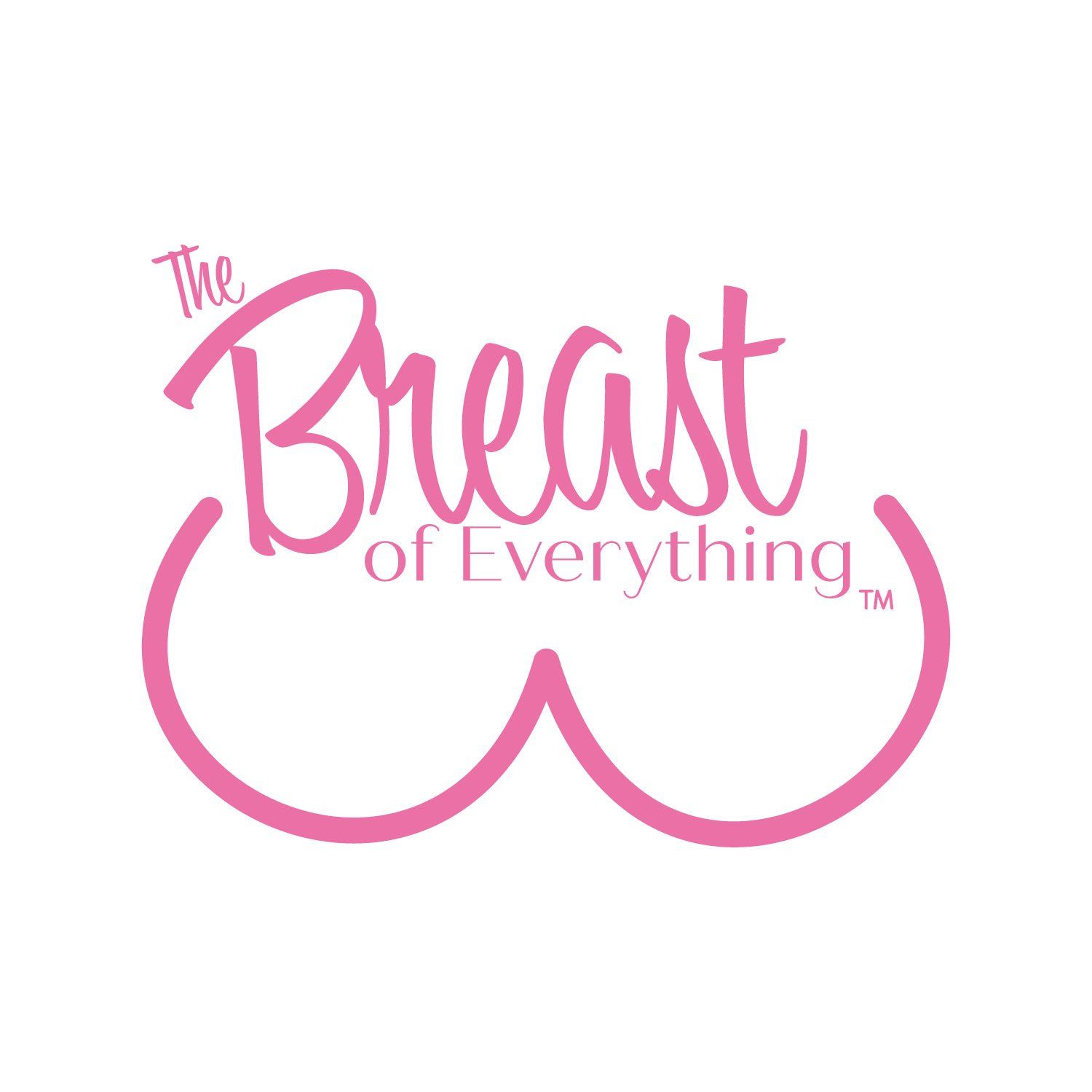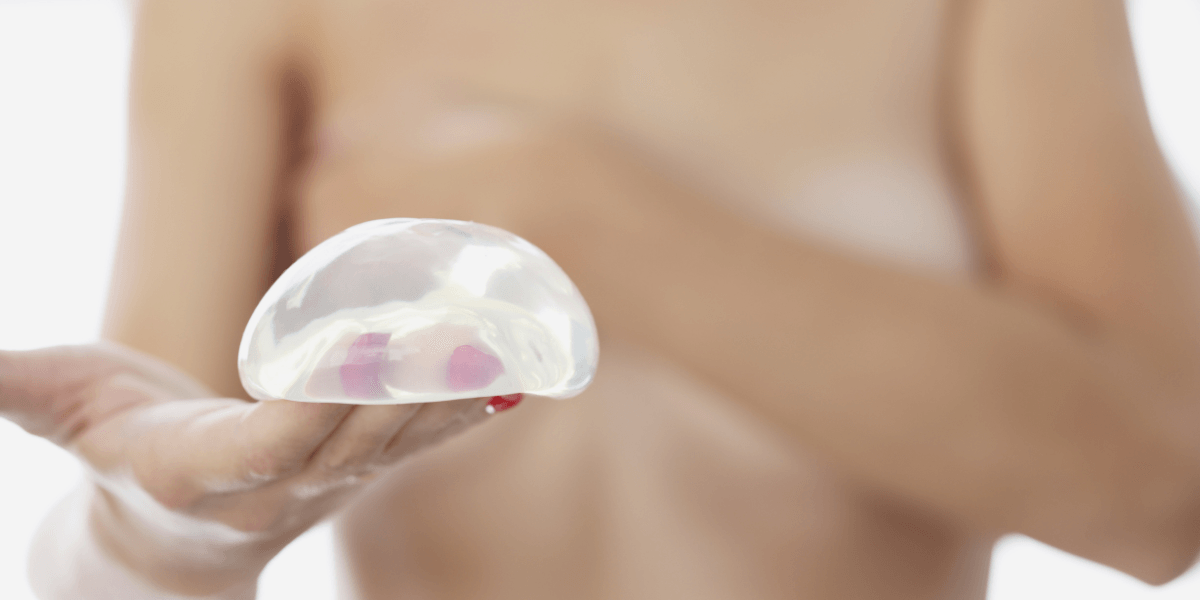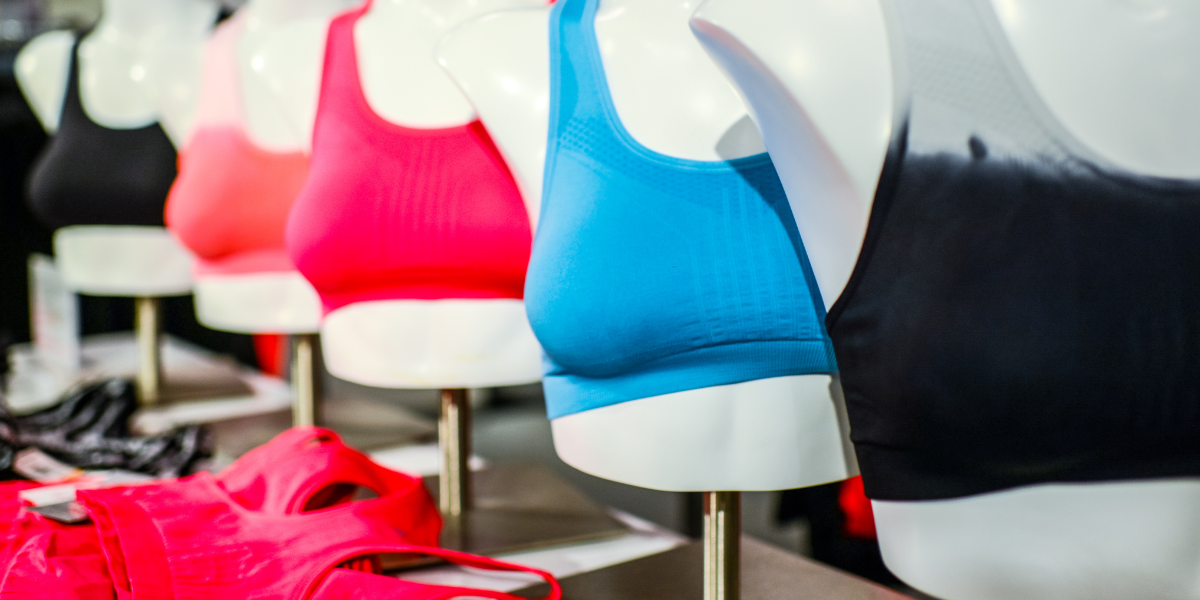Breastfeeding 101
If you're a breastfeeding mom, then you know how important it is to get the right information. This blog post is designed to give you a basic primer on breastfeeding, from understanding the benefits to knowing how to breastfeed correctly.
Whether you're a first-time mom or an experienced one, we hope this information will help you feel confident in your ability to breastfeed your baby. So let's get started!
RELATED: Atypical Ductal Hyperplasia: What You Need To Know
Frequently Asked Questions about Breastfeeding | Everything You Need to Know
What Is Breastfeeding and Why Is It Important for Babies and Mothers Alike?
Breastfeeding is the process of providing human milk to an infant directly from the breast. According to Centers for Disease Control and Prevention (CDC), it is considered optimal nutrition for infants, as breast milk is full of the nutrients and antibodies that babies need to grow and thrive. In addition, breastfeeding has been shown to have many benefits for both mothers and children.
For your baby, breast milk reduces their risk of ear and respiratory infections, diarrhea, and certain types of cancer. Additionally, breastfed babies have been shown to have lower rates of sudden infant death syndrome (SIDS) and obesity.
Breastfeeding is also beneficial for mothers, as it can help to reduce their risk of ovarian and breast cancer, and can lead to faster weight loss post-pregnancy.
What Are the Different Types of Breastfeeding?
- Direct Nursing
Nursing directly from the breast is the most common form of breastfeeding, and it is often the easiest and most convenient way to feed your baby.
- Exclusive Pumping
This is when a mother uses a breast pump and only feeds her baby pumped breast milk. Pumping allows you to maintain your milk supply and stash expressed milk for when you need to leave your baby with a caregiver.
- Co-feeding
Co-feeding is when you breastfeed your baby as well as supplement with formula or solid food. This can be a good choice if you have trouble producing milk or if your baby has difficulty latching.
Co-feeding can be a great way to ensure that your baby is getting the nutrition they need while still enjoying the bonding experience of breastfeeding.
What Are the Different Stages of Breast Milk Production?
Breast milk goes through these three stages to meet the changing needs of the newborn baby:
- Colostrum
The first stage, colostrum, is produced in the first few days after birth. Colostrum is a thick, yellowish liquid that is high in antibodies and other nutrients. It helps to protect the newborn's immune system and digestive tract.
- Transitional Milk
After a few days, colostrum is replaced by transitional milk, which has a higher fat content than colostrum. Transitional milk helps to meet the baby's growing nutritional needs.
- Mature Milk
Finally, mature milk is produced, which has a bluish-white color and creamy texture. Mature milk is lower in fat than transitional milk but higher in carbohydrates and proteins. It satisfies the baby's hunger and provides the nutrients needed for growth and development.
How Do I Start Breastfeeding for the First Time?
Nursing your baby for the first time can be a daunting experience, but it doesn't have to be! Here are a few simple tips [link out "a few simple tips" to "Breastfeeding Tips For First-Time Moms" here] to help you get started:
- Learn as much as you can about breastfeeding before you start. This will help you be prepared for any challenges that may come up.
- Choose a comfortable place to breastfeed, both for you and your baby. A quiet, relaxing environment is often best.
- Make sure you have everything you need within reach, including a water bottle, pillow, and burp cloth.
- Find a comfortable position. You may want to try lying down on your side or sitting up. Place a pillow behind your back for extra support.
- Prepare your breast by gently massaging it from the outer edge toward the nipple. This will help your breast to feel softer and more relaxed.
- When you're ready, guide your baby's mouth to your nipple and wait for him or her to latch on. You may need to experiment with different positions until you find one that is comfortable for both of you.
- Once your baby is latched on, allow him or her to nurse until he or she is full.
- Be patient. Don't worry if things don't go perfectly at first. It takes time and practice to get the hang of breastfeeding, so be patient with yourself and your baby.
- Get support from family and friends, or join a breastfeeding support group. Having people to turn to for advice and encouragement can be very helpful.
What Are the Steps to a Good Latch?
A good latch is essential for a successful breastfeeding session. Here are a few things you can do to ensure that your baby achieves a good latch:
- Make sure that your baby's mouth is wide open before bringing him or her to the breast. You may need to help your baby open his or her mouth by gently touching the chin or using a finger to sweep across the lower lip.
- Once your baby's mouth is wide open, aim the nipple towards the back of the throat and wait for your baby to take a deep swallow before pulling away.
- As your baby starts to suckle, you should feel a pulling sensation, but it should not be painful. If it is, try repositioning the baby or breaking the suction and starting again.
- Finally, once your baby is latched on, support the breast with your hand to avoid discomfort.
What Are the Signs of a Good Latch?
There are a few signs that you can look for to ensure that your baby is latched on correctly:
- The baby's lips should be flanged out, not rolled in.
- The baby's chin should be touching the breast.
- The baby's tongue should be down, not up.
- The baby should be taking in a large mouthful of breast tissue (not just the nipple).
What Are the Signs of a Bad Latch?
A poor latch can cause all sorts of problems, from sore nipples to poor breast milk supply.
So how can you tell if you have a bad latch? There are a few key signs to look out for:
- The baby is not opening their mouth wide enough.
- The baby keeps slipping off the breast.
- The baby makes clicking or popping sounds when sucking.
- The baby's tongue is cupped or tucked under the lower gum.
What Are the Different Breastfeeding Positions?
When it comes to breastfeeding, there is no one-size-fits-all solution. Every mother and child is different, and what works for one may not work for another. That's why it's important to experiment with different breastfeeding positions until you find one that is comfortable for both you and your baby.
One of the most common breastfeeding positions is the cradle hold. In this position, you will hold your baby in one arm. Your baby's body should be facing towards you, and their head should be in line with your nipple. You can also try the cross-cradle hold, which is similar to the cradle hold but with the opposite arm.
Another popular position is the laid-back technique. This method can be helpful for mothers who want to decrease milk supply or who want to have more control over their milk flow.
There are many other breastfeeding positions [link out "many other breastfeeding positions" to "10 Best Breastfeeding Positions" here] that you can try, so experiment until you find one that works well for you and your baby.
RELATED: The Importance Of Preventive Health Care For Women
What Are Baby’s Hunger Cues?
It’s important to learn your baby’s hunger cues so that you can feed them before they become too fussy.
Some common hunger cues include:
- Rooting: Your baby will turn their head and open their mouth when they root, which is a sign that they want to breastfeed.
- Sucking on their hands: If your baby is sucking on their fists or fingers, it's a sign that they're hungry.
- Crying: Crying is often the last hunger cue, as it means that the baby is already feeling frustrated and upset.
What Are Baby’s Feeding Patterns?
When it comes to feeding, every baby is different. Some babies want to eat all the time, while others seem to go a few hours without getting hungry.
However, most babies will follow a fairly predictable pattern of feeding and sleeping.
For example, many newborns will eat 8-12 times per day, spacing their feedings out evenly throughout the day and night. As they get older, they may start to eat less often, but will take in more milk at each feeding.
By 6 months, many babies are only eating 4-5 times per day.
Of course, it’s important to keep in mind that these are just general guidelines. Some babies may eat more or less often than average. As long as your baby is gaining weight and seems happy and healthy, there’s no need to worry!
How Do I Know When to Wean My Baby?
There is no one answer to this question, as it depends on a variety of factors, such as your baby's age, your milk supply, and your personal preference.
Some mothers choose to wean when their baby is around six months old, while others continue breastfeeding for a year or longer.
Ultimately, the decision of when to wean is a personal one that you will make with a healthcare professional.
Are There Any Special Products That I Need to Purchase in Order to Breastfeed My Baby?
Although it is possible to breastfeed without any special equipment, there are a few items [link out "a few items" to "16 Breastfeeding Essentials For New Moms" here] that can make the process easier!
For instance, a nursing pillow can help you to position your baby correctly and avoid back strain, while a nipple shield can be used if your baby has difficulty latching on.
Ultimately, though, the most important thing is to make sure that you and your baby are comfortable and happy while you're breastfeeding.
How Do I Know if My Baby is Getting Enough Milk?
One of the common concerns among breastfeeding mothers is whether or not their baby is getting enough milk.
Here are a few signs that your baby is drinking enough:
- They have around six to weight wet diapers each day, and three to four stools per day.
- Their urine is pale and nearly clear.
- They gain weight steadily after birth, gaining around five to seven ounces per week during their first few months.
- They seem content and satisfied after feedings.
- They don't seem fussy or irritable.
- They sleep well and for long stretches at night.
- Their stools are yellow, soft, and have a smooth texture (this can vary, however, depending on their diet).
- You feel like your breasts are softer or less full after feedings than they were before.
What Nutrients Do I Need While Breastfeeding?
As a breastfeeding mom, you need to make sure you're getting enough nutrients to support both your baby's health and yours. Here are some of the most important nutrients to focus on:
- Protein
Breastmilk is made up of about 2.6 grams of protein per 100 mL, so you need to make sure you're getting enough protein in your diet to keep up your supply. Good sources of protein include lean meats, poultry, fish, beans, lentils, tofu, and nuts.
- Calcium
Calcium is essential for strong bones and teeth, and it's also important for muscle function and blood clotting. While you don't need to consume more calcium while breastfeeding, it's important to make sure you're getting enough in your diet (around 1,000 mg per day). Good sources of calcium include milk, yogurt, cheese, dark leafy greens, and tofu.
- Vitamin D
Vitamin D helps your body absorb calcium and plays an important role in bone health. You can get vitamin D from exposure to sunlight, but many people also need to take a supplement (especially during the winter months). Ask your doctor if you think you might need a vitamin D supplement.
- Iron
Iron is important for making hemoglobin, which carries oxygen in the blood. Because breastfeeding moms can lose iron through blood loss during pregnancy and delivery, it's important to make sure you're getting enough iron in your diet (around 27 mg per day). Good sources of iron include red meat, poultry, fish, beans, lentils, dark leafy greens, and iron-fortified cereals.
What Are Some Common Breastfeeding Challenges?
Although breastfeeding can be a wonderful experience, it's not always easy. Here are some of the most common challenges that new moms face:
- Engorgement: This can happen when your breasts become too full of milk, causing them to feel hard, swollen, and painful. Engorgement usually peaks two to five days after giving birth, but it can last up to two weeks. To relief engorgement, try using a cold compress, massaging your breasts, or expressing a small amount of milk.
- Plugged ducts: These occur when milk gets backed up in the breast due to a blockage in the ducts. Plugged ducts can be very painful, and if left untreated, they can lead to mastitis (an infection of the breast). To prevent plugged ducts, make sure you're nursing frequently and emptying your breasts completely. If you do get a plugged duct, try using a warm compress and massaging the affected area.
- Mastitis: This is an infection of the breast tissue that often occurs when a plugged duct is not treated properly. Mastitis can cause fever, chills, flu-like symptoms, and severe pain. If you think you have mastitis, it's important to see a doctor right away. In most cases, Mastitis can be treated with antibiotics.
- Low milk supply: Many women worry that they're not making enough milk for their baby. There are a number of reasons for low supply, including stress, dehydration, and not nursing frequently enough. If you're concerned about your milk supply, you may establish a pumping schedule and try power pumping, or talk to a lactation consultant or a healthcare professional.
Final Thoughts
Breastfeeding can be a wonderful experience for both you and your baby. It's important to remember, however, that every mom and baby are different, so don't be discouraged if it takes a little time to get the hang of things.
If you have any concerns, talk to your healthcare provider or a lactation consultant. They can offer advice and support to help you successfully breastfeed your baby.
Happy breastfeeding!
Up Next:
- Firm Breast Workout: 6 Chest Exercises to Lift Breasts
- Common Causes of Sagging Breasts and Tips for Prevention
- How to Stop Stressing and Get Better Sleep










